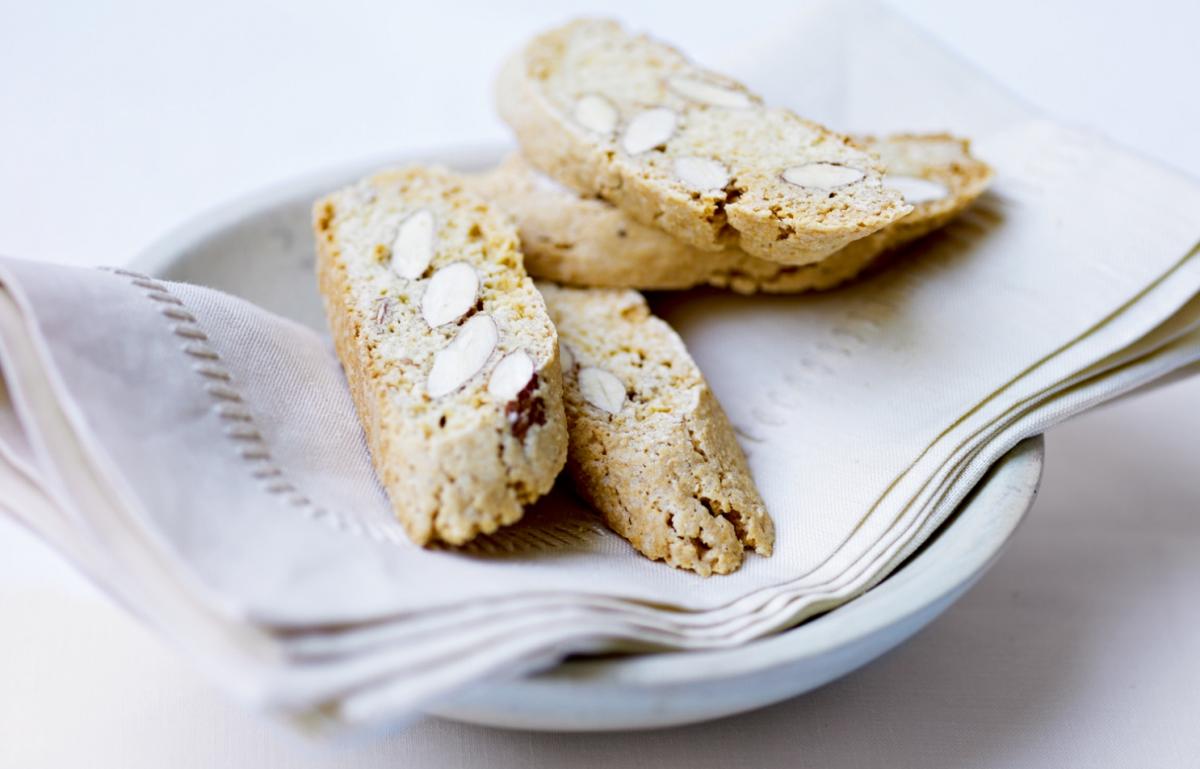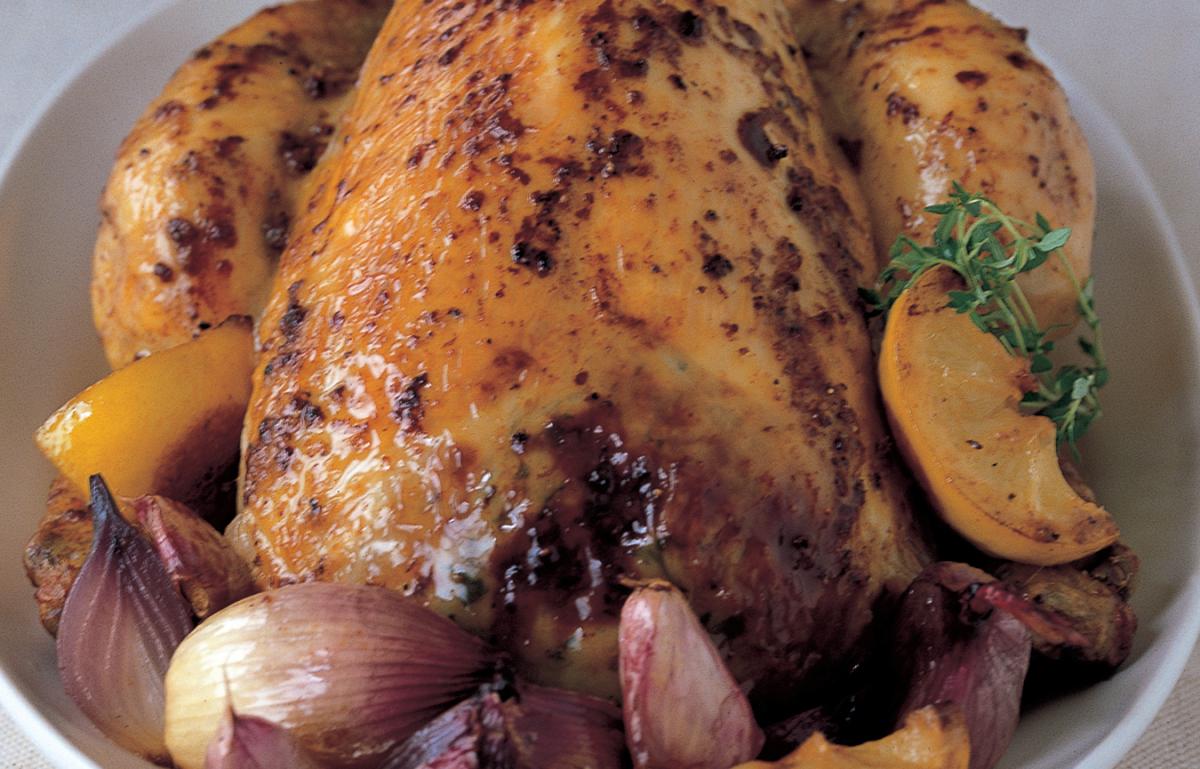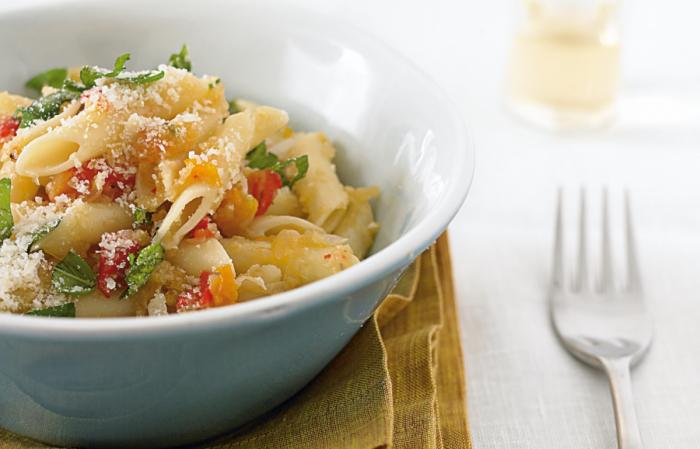


If you want to enjoy cooking and eating pasta at its best, then my advice is to buy good-quality dried pasta. Yes, it does cost more, but we're not talking about great luxury here; we're talking about a main meal for two people that might cost £2 instead of £1.

There are a few artisanal pasta makers in Italy who still make the real thing, and one such supplier is Fratelli Camisa.

The only fresh pastas I ever buy are ravioli, stuffed pasta shapes or lasagne sheets, which are, I think, of a far better quality than most of the dried packs. Once you taste quality-dried pasta, it will be very hard for you to return to the industrially produced alternatives.

It's not just the flavour: the firm, rough texture not only puts it way out in front but actually helps you to achieve that al dente 'firm to the teeth' texture that is the mark of well-cooked pasta. Poor quality often ends up sticky and soggy.

So when you buy your pasta, make sure it says pasta di semola di grano duro — durum wheat semolina pasta. There are certain dried pastas that contain eggs — pasta all'uovo — which add richness, but I now prefer the original semolina and water version and like to keep the richness confined to the sauce.

Fill the cooking pot with water, cover with a lid, place it over a high heat and bring it up to boil.

When the water is boiling remove the lid and add the salt .

Then when the water is boiling fiercely, quickly add the pasta and stir it around just once to separate it.

If you’re cooking long pasta, like spaghetti, push it against the base of the pan using the back of a wooden spoon. You don’t need to put a lid on the pan: if it’s really boiling briskly it will come back to the boil in seconds, and if you put a lid on it will boil over.

Put a timer on and give it 10 – 12 minutes for top-quality pasta, but because the timing varies according to the shape and quality, the only real way to test it is to taste it. So do this after 8 minutes, then 9, and 10 and so on.
This only applies when you cook a particular brand for the first time. After that you will always know how long it will take.
Sometimes you can give it 1 minute less boiling and than allow it an extra minutes cooking whilst you combine it with the sauce.

Have a colander ready in a sink or a bowl, then as you are draining the water, swirl it around the colander, which will heat it ready for the hot pasta.

Don’t drain it too thoroughly: its good to have a few drops of moisture still clinging as this prevents the pasta from becoming dry. Place the colander over the saucepan to catch any drips.

Always serve it on deep warmed plates to keep the pasta as hot as possible as it goes to the table.

For spaghetti, the very best way to serve it is to use pasta tongs, and always lift it high to quickly separate each portion from the rest.

If the pasta is going to be cooked again, in a baked dish like macaroni cheese, for example, give it half the usual cooking time to allow for the time on the oven. Presto pronto! In Italian this means soon and quickly. Always work quickly, as pasta won’t hang around – if it cools it goes sticky and gluey, so drain it quickly, serve it quickly and eat it quickly.

You can also watch how to cook Perfect Pasta in our Cookery School Video
Follow us Like us on Facebook Follow us on twitter Follow us on instagram Follow us on pinterest Follow us on youtube
© 2001-2024 All Rights Reserved Delia Online